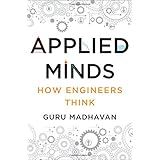Monday, August 31, 2015
Sunday, August 30, 2015
Always Read the Arup Thoughts Column
Link to the current column on embedded/virtual water. This is always a must read.
What Happens When Communities Have Too Much Infrastructure?
From the New York Times:
"Raw numbers suggest there is a limit to how many homes can be rescued through reuse, however. Japan’s population of 127 million is expected to drop by a million a year in the coming decades. Efforts to increase its low birthrate have been only modestly successful, and the public has shown no appetite for mass immigration. “We have too much infrastructure,” said Takashi Onishi, an urban planning professor and the president of the Science Council of Japan. The government, he believes, will eventually have to cut services like water and road and bridge maintenance in the most depopulated areas. “We can’t maintain it all. We’ll have to make those hard choices.”"
"Raw numbers suggest there is a limit to how many homes can be rescued through reuse, however. Japan’s population of 127 million is expected to drop by a million a year in the coming decades. Efforts to increase its low birthrate have been only modestly successful, and the public has shown no appetite for mass immigration. “We have too much infrastructure,” said Takashi Onishi, an urban planning professor and the president of the Science Council of Japan. The government, he believes, will eventually have to cut services like water and road and bridge maintenance in the most depopulated areas. “We can’t maintain it all. We’ll have to make those hard choices.”"
The Promise and Paradox of Water Conservation
The art of writing a great opening line in the Dallas Morning News today by Kristen Taketa in Gulp! Water Bills Surge - Supplier to many cities raises the rates, forcing cities to do the same:
"If you conserve water for a year and a half, you’d think you’d end up with a smaller water bill."

"If you conserve water for a year and a half, you’d think you’d end up with a smaller water bill."

Engineering and the Power of Making a Difference
From Barry Schartz and Why We Work:
"To start with, I don't think most people recognize themselves in Adam Smith's description of wage-driven idlers. Of course, we care about our wages, and we wouldn't work without them. But we care about more than money. We want work that is challenging and engaging, that enables us to exercise some discretion and control over what we do and grow. We want to work with colleagues we respect and with supervisors who respect us. Most of all, we want work that is meaningful - that makes a difference to other people and thus enables us in at least some small way."
"To start with, I don't think most people recognize themselves in Adam Smith's description of wage-driven idlers. Of course, we care about our wages, and we wouldn't work without them. But we care about more than money. We want work that is challenging and engaging, that enables us to exercise some discretion and control over what we do and grow. We want to work with colleagues we respect and with supervisors who respect us. Most of all, we want work that is meaningful - that makes a difference to other people and thus enables us in at least some small way."
Saturday, August 29, 2015
Fire Engineering as a Growth Industry
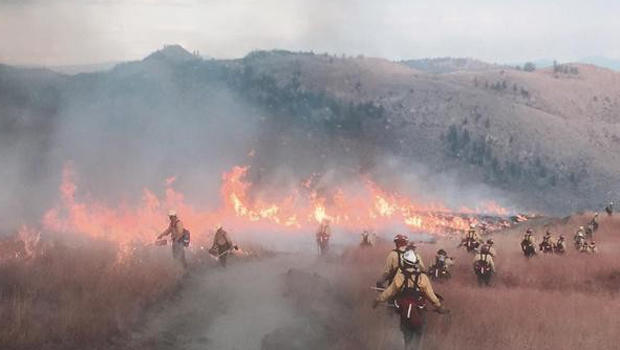
From the current issue of Bloomberg Businessweek this week - Fires Are Raging Across The American West, And There Aren't Enough People To Stop Them by Kyle Dickman:
"Accounting for insurance costs, damages to businesses and infrastructure, and the flash floods and mudslides caused by denuded slopes, this year's fires will likely cost taxpayers $25 billion - and that's if a whole town or city doesn't burn, which is a distinct possibility. If that happens, according to a report by the Natural Resources Council, the costs could double or triple: One hundred forty million Americans live in the fire-prone regions, and $237 billion in property sits in those high-risk areas.
The Forest Service, the country's largest wildland firefighting agency, has spent $800 million trying to control the flames this year, and it's only August. As such, 2015 is on track to become the 15th year in a row the agency has laid out roughly $1 billion on firefighting alone. Expenses in some areas are equal to or greater than the value of the threatened property - $200,000 to $400,000 per home, according to Bozeman (Mont.) - based Headwaters Economics. Yet the Forest Service doesn't have much choice: It can't just let communities burn. So the service and its partner agencies keep putting out the flames, even though years of study have shown that doing so only leads to even hotter, more devastating fires later."
Friday, August 28, 2015
Into the Deep End of the Pool: The Making of an Engineer | ENR
Into the Deep End of the Pool: The Making of an Engineer | ENR - - This is by Charles Thorton, founder of Thorton Tomasetti PC.
Loved the part regarding the three schemes for every project:
Loved the part regarding the three schemes for every project:
- The Wild and Crazy
- The Small Step for Mankind
- The Plain Vanilla
The Wild and Crazy was never selected - - but left a lasting impression. Clients usually selected something between The Wild and Crazy and The Small Step for Mankind.
Thursday, August 27, 2015
Wednesday, August 26, 2015
Tuesday, August 25, 2015
Engineers and Forest Fires
Smokey the Bear is in need of engineers. From a Grist article:
"We can’t stop a hurricane, so we have to learn to live with it. According to Dickman, that means smarter land management. It means preparing structures and setting contingency plans. It means prescribed burns and allowing fires to thin out trees and brush despite all of our instincts screaming to put out the blaze. And scarily enough, that’s what it means to deal with the new normal."
"We can’t stop a hurricane, so we have to learn to live with it. According to Dickman, that means smarter land management. It means preparing structures and setting contingency plans. It means prescribed burns and allowing fires to thin out trees and brush despite all of our instincts screaming to put out the blaze. And scarily enough, that’s what it means to deal with the new normal."
Monday, August 24, 2015
Lean Principles for EPC Help Eliminate Waste - Black & Veatch
Lean Principles for EPC Help Eliminate Waste - Black & Veatch - - also important in the context of the water and wastewater utilities market segment.
Defining The Introverted Engineer
Spotting the introverted engineer:
- Careful thinkers who look before they leap.
- Usually only speak when they have something to say, after they've had a chance to process information internally.
- Comfort with independent thought and action.
- Feel at their most alive and most energized in quieter situations.
- Need solitude to balance out social time.
- Active inner life, imagination and strong creative streak.
- Steady, balanced presence during turbulent times.
- Sharp observational skills.
- Capacity for active listening and connecting with people on an intimate level.
- Willing to put other people and their vision in the spotlight.
- Desire for focus and to develop a depth of understanding/mastery over a topic.
Sunday, August 23, 2015
Who Will Do What by When?
From the New York Times Corner Office column today - an interview with Mark Toro, Managing partner and chairman of North American Properties - Atlanta Ltd.:
"We developed the phrase: "Who will do what by when?" So if somebody says during a meeting, "We've got to get this lease signed," everybody knows what the following question is going to be. I type the acronym so often in e-mails - "WWDWBW" - that my phone just auto-fills it.
So we've trained ourselves and each other that we're also trying to do it with people we work with, including tenants and lawyers and architects and engineers and bankers. We developed a system where before we hang up the phone with somebody, we'll say, "When do you think I can have that?" And they might say, "I think on Tuesday," Then on Tuesday, you call back, and if they don't have it, that's Strike 1. We track people who deliver and those that don't.
There are only two types of people in the world: people who do what they say they're going to do when they say they're going to do it, and people who don't do what they say they're going to do when they say they're going to do it."
"We developed the phrase: "Who will do what by when?" So if somebody says during a meeting, "We've got to get this lease signed," everybody knows what the following question is going to be. I type the acronym so often in e-mails - "WWDWBW" - that my phone just auto-fills it.
So we've trained ourselves and each other that we're also trying to do it with people we work with, including tenants and lawyers and architects and engineers and bankers. We developed a system where before we hang up the phone with somebody, we'll say, "When do you think I can have that?" And they might say, "I think on Tuesday," Then on Tuesday, you call back, and if they don't have it, that's Strike 1. We track people who deliver and those that don't.
There are only two types of people in the world: people who do what they say they're going to do when they say they're going to do it, and people who don't do what they say they're going to do when they say they're going to do it."
Saturday, August 22, 2015
Trump Versus Sanders on Infrastructure Investment
No word from Mr. Trump on his plans from increasing investment in public infrastructure.

From the Sanders' camp on his plans for infrastructure spending. From the Washington Post:
“For too many years, we’ve underfunded our nation’s physical infrastructure. We have to change that, and that’s what the Rebuild America Act is all about. We must modernize our infrastructure and create millions of new jobs that will put people back to work and help the economy,” said Sen. Bernard Sanders (I-Vt.), the ranking minority member of the Senate Budget Committee, who introduced the $1 trillion bill.
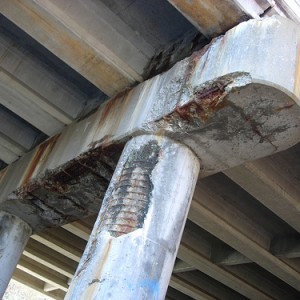

From the Sanders' camp on his plans for infrastructure spending. From the Washington Post:
“For too many years, we’ve underfunded our nation’s physical infrastructure. We have to change that, and that’s what the Rebuild America Act is all about. We must modernize our infrastructure and create millions of new jobs that will put people back to work and help the economy,” said Sen. Bernard Sanders (I-Vt.), the ranking minority member of the Senate Budget Committee, who introduced the $1 trillion bill.

A Paragraph to Ponder
From By the Numbers in the Manufacturing Landscape in the current issue of Mechanical Engineering:
"A General Motors plant that employed 5,000 workers to make 120,000 cars in 1965 now has 1,500 employees, and the cars are more complex and higher quality. This explains why, as U.S. factory jobs fell to 12 million in 2014, from 17 million in 2000, value added rose 33 percent, to nearly $2 trillion."
"A General Motors plant that employed 5,000 workers to make 120,000 cars in 1965 now has 1,500 employees, and the cars are more complex and higher quality. This explains why, as U.S. factory jobs fell to 12 million in 2014, from 17 million in 2000, value added rose 33 percent, to nearly $2 trillion."
The Future of the Industrial Internet
From Fortune:
"Oil-and-gas giant BP has thousands of oil wells scattered around the globe. This equipment pumps oil and some natural gas from the depths of the ocean to the surface to power our factories, cars, planes and any number of other industrial processes. And after more than a decade of monitoring these platforms using homegrown software, the London-based company is turning to GE to get an upgrade.
BP has started connecting 650 of its oil wells as part of a pilot project to test GE’s Predix data gathering and analytics platform. Peter Griffiths, a strategist with BP, explains that the companies are in the design phase, but by the end of the year 650 wells will be connected, and each well will be dumping roughly half a million data points every 15 seconds into GE’s software. If the pilot goes well BP will outfit a total of 4,000 wells before the end of 2016.
Previously, BP had built its own software to handle the data coming off the wells. Each well can have 20 to 30 sensors that measure aspects such as pressure and temperature at the deepest level and closer to the surface. Sensors also measure the surrounding equipment. The goal is to understand the flow and quality of the oil or natural gas coming out of the ground so BP can predict the life of the well.
With GE’s software, BP will be able to collect and analyze the data from each well on the platforms almost instantly, and then send that data quickly to the Predix cloud for more analyses and storage. The idea is that BP will see how each individual well is performing, but also get a fleet-wide view of them. Once the data starts piling up, the software should help in predicting well flows so BP can proactively manage its extraction.
“BP has historically had real-time surveillance and done it at scale for around 10 years, but our incumbent products were bespoke and reaching the end of its natural life,” said Griffiths. “And that’s the reason we looked for a new provider.” As for why BP didn’t just attempt to build software again from scratch Griffiths said: “The world has moved on in terms of how large companies think about the value of also becoming software companies.”
Griffiths said that while there is a lot of data coming off the wells, it is relatively small—only about 8 gigabytes or the size of two HD movies—so the real concern for BP was building a process that could be replicated across the world at all of its wells. “This is a more standardized way of us doing something,” he said. “Previously we had four or five ways of doing it and now have a much more consistent approach.”
GE has been building its Predix and Industrial Internet business for the last three years. Last November, GE announced Industrial Internet revenues of $1.1 billion. By 2016 GE expects that it will bring in $7 billion in software revenue with most of that coming from the Predix platform."
Friday, August 21, 2015
Thursday, August 20, 2015
Wednesday, August 19, 2015
Designer Assignment - Finding Good and Bad Design in the World
Have all your project engineers and designers take pictures of anything they thought represented good design (or have them focus on bad design). Public infrastructure, buildings, cars, electronics, furniture, etc. - - don't set a boundary or discipline. Have them collect the photos over a six week period.
Have everyone bring their photos in for a working lunch - share all the examples with your project team. Discuss - - How do individuals define good or bad design? How does your project team react to the photographs? Define the user experience based on your photograph. How would you have designed it differently?
Also think about design in the context of the service sector. Have your team think and document their service journeys - - from going to the doctor, to getting a license at the DMV, to going through airport security. Have them bring in their sketched out versions of their "customer journey maps" - discuss at lunch. Is it an example of a good or bad design? What changes would you recommend? What is the problem space? Explore the solution space with your group.

Have everyone bring their photos in for a working lunch - share all the examples with your project team. Discuss - - How do individuals define good or bad design? How does your project team react to the photographs? Define the user experience based on your photograph. How would you have designed it differently?
Also think about design in the context of the service sector. Have your team think and document their service journeys - - from going to the doctor, to getting a license at the DMV, to going through airport security. Have them bring in their sketched out versions of their "customer journey maps" - discuss at lunch. Is it an example of a good or bad design? What changes would you recommend? What is the problem space? Explore the solution space with your group.

Monday, August 17, 2015
Arup on Moneyball
From the Thoughts/Resources column by Arup:
"There are many great examples of firms like Arup getting value from big data – large data sets characterised by their velocity, volume, and variety. These often involve digitalising traditional workflows to sense, compile and analyse new data. What about old data that already exists? How can we understand whether it’s worth digitising historic engineering data?
One of my favourite examples showing the value of digitising historic data is the story told in the book and film Moneyball. This explains how the Oakland Athletics baseball team analysed over 150 years of baseball statistics to field a team that could better compete against richer competitors. They reasoned that an evidence-based approach, dubbed sabremetrics, was better than a hunch when it came to picking players.
So where might similar value lie in engineering? Let’s take geotechnical engineering as an example. Over more than 50 years Arup has worked on thousands of building and infrastructure projects around the world where ground investigation has led to ground models to support foundation design. Most of the investigation data and models are on paper or in scanned archives, not in a digital format that can be readily integrated into database technologies for use today.
Costly to create at the time, the ground models still have inherent value today. Getting all of this data into one model is something that has been talked about since I started working in this industry 20 years ago. But the cost is prohibitive and the value (as we can envision it now) isn’t always clear. We often get bogged down in the details and now, 20 years later, all of that data is still languishing in different formats and archives.
Mining company Rio Tinto has digitalised its traditional workflow analysing new data from equipment sensors to improve productivity, and it has also sent all of its historic exploration investigation data to its big data centre in India for digitisation. These have discovered targets missed in the past. The result is that Rio Tinto is developing new and enhancing existing resource models – generating a return on its investment.
As BIM is becoming a digital expression of our engineering design, there is an ongoing conversation about what to do and what value it will bring. I see a convergence between big data and BIM, but that’s new data – we still have valuable historic data buried in our archives.
We need to bite the bullet and digitise everything, send our archives to a cost-effective processing centre and trust that data will return our investment by telling us things we can’t envision now."
"There are many great examples of firms like Arup getting value from big data – large data sets characterised by their velocity, volume, and variety. These often involve digitalising traditional workflows to sense, compile and analyse new data. What about old data that already exists? How can we understand whether it’s worth digitising historic engineering data?
One of my favourite examples showing the value of digitising historic data is the story told in the book and film Moneyball. This explains how the Oakland Athletics baseball team analysed over 150 years of baseball statistics to field a team that could better compete against richer competitors. They reasoned that an evidence-based approach, dubbed sabremetrics, was better than a hunch when it came to picking players.
So where might similar value lie in engineering? Let’s take geotechnical engineering as an example. Over more than 50 years Arup has worked on thousands of building and infrastructure projects around the world where ground investigation has led to ground models to support foundation design. Most of the investigation data and models are on paper or in scanned archives, not in a digital format that can be readily integrated into database technologies for use today.
Costly to create at the time, the ground models still have inherent value today. Getting all of this data into one model is something that has been talked about since I started working in this industry 20 years ago. But the cost is prohibitive and the value (as we can envision it now) isn’t always clear. We often get bogged down in the details and now, 20 years later, all of that data is still languishing in different formats and archives.
Mining company Rio Tinto has digitalised its traditional workflow analysing new data from equipment sensors to improve productivity, and it has also sent all of its historic exploration investigation data to its big data centre in India for digitisation. These have discovered targets missed in the past. The result is that Rio Tinto is developing new and enhancing existing resource models – generating a return on its investment.
As BIM is becoming a digital expression of our engineering design, there is an ongoing conversation about what to do and what value it will bring. I see a convergence between big data and BIM, but that’s new data – we still have valuable historic data buried in our archives.
We need to bite the bullet and digitise everything, send our archives to a cost-effective processing centre and trust that data will return our investment by telling us things we can’t envision now."
Sunday, August 16, 2015
The Water Lady
Engineers Without Borders might want to reconsider the term "border" - - story from CBS.
Thursday, August 13, 2015
Engineering and the Power of People Skils
"The future of the American economy will prize people skills above all else. Mark Zuckerberg was a psychology major; Steve Jobs also had a liberal arts background, which he drew upon to make Apple products attractive and compelling.
I wonder, however, if manipulation shouldn’t be added to the list of what one group of humans feels compelled to do to another. Precisely because we are able to identify what others are feeling, we can use that knowledge to influence their behavior. So the future of human employment isn’t just about the caring doctor, it is also about the marketer, the nudger, the data collector and the advertising executive. Think “Mad Men” with a vengeance. Don’t forget that the supposed empathy of the doctor, the sales representative or the military commander, to cite a few of the book’s examples, is often self-interested and directed toward bending our will, and not always in ways we would accept if they were made transparent to us.
Colvin presents the interesting hypothesis that today, empathy seems to be declining and narcissism rising, possibly because we are obsessed with the superficial use of social networks. But is this so? Contemporary America just put its stamp of approval on same-sex marriage, even though a strong majority of people are not gay.
My favorite parts of the book are about the military, an area where most other popular authors on automation and smart software have hesitated to tread. In this book you can read about how much of America’s military prowess comes from superior human performance and not just from technology. Future gains will result from how combat participants are trained, motivated, and taught to work together and trust each other, and from better after-action performance reviews. Militaries are inevitably hierarchical, but when they process and admit their mistakes, they can become rapidly more efficient."
Tuesday, August 11, 2015
Monday, August 10, 2015
Sunday, August 9, 2015
Friday, August 7, 2015
Thursday, August 6, 2015
Wednesday, August 5, 2015
Tuesday, August 4, 2015
A Paragraph to Ponder
From the Financial Times today by Herminia Ibarra - Interact with a wider circle and your ideas will take flight:
"Decades ago, the University of Chicago sociologist Ron Burt showed that what matters about a social network, whether face-to-face or virtual, is neither its size nor the prominence of it contacts but the extent to which it provides exposure to people and ideas you do not already know."
"Decades ago, the University of Chicago sociologist Ron Burt showed that what matters about a social network, whether face-to-face or virtual, is neither its size nor the prominence of it contacts but the extent to which it provides exposure to people and ideas you do not already know."

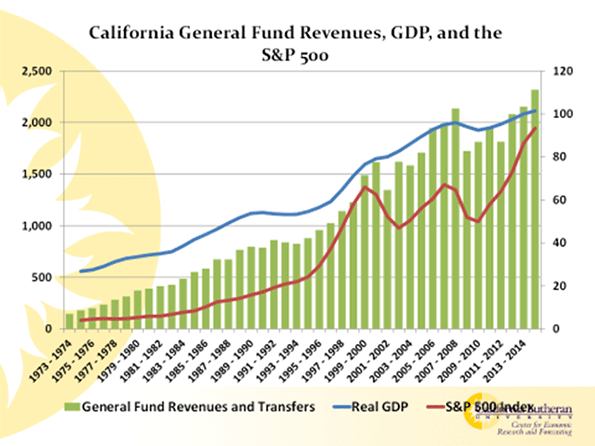


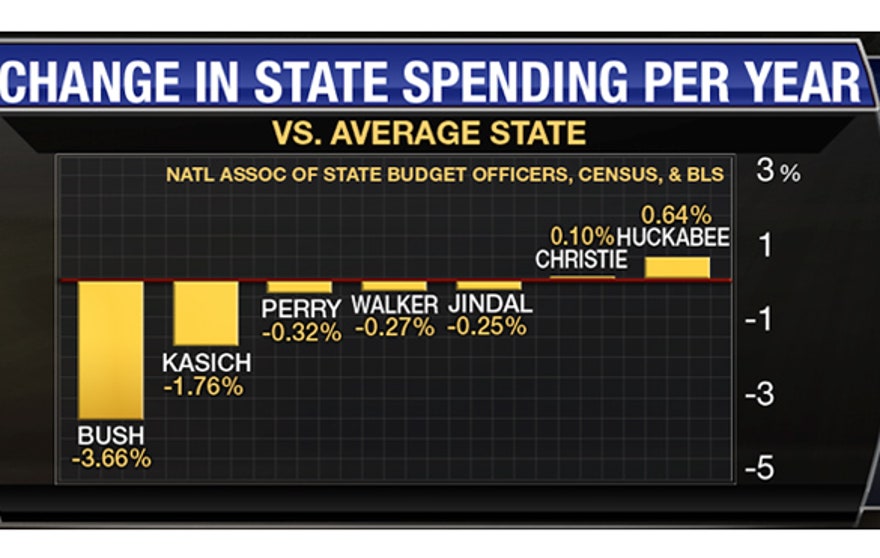
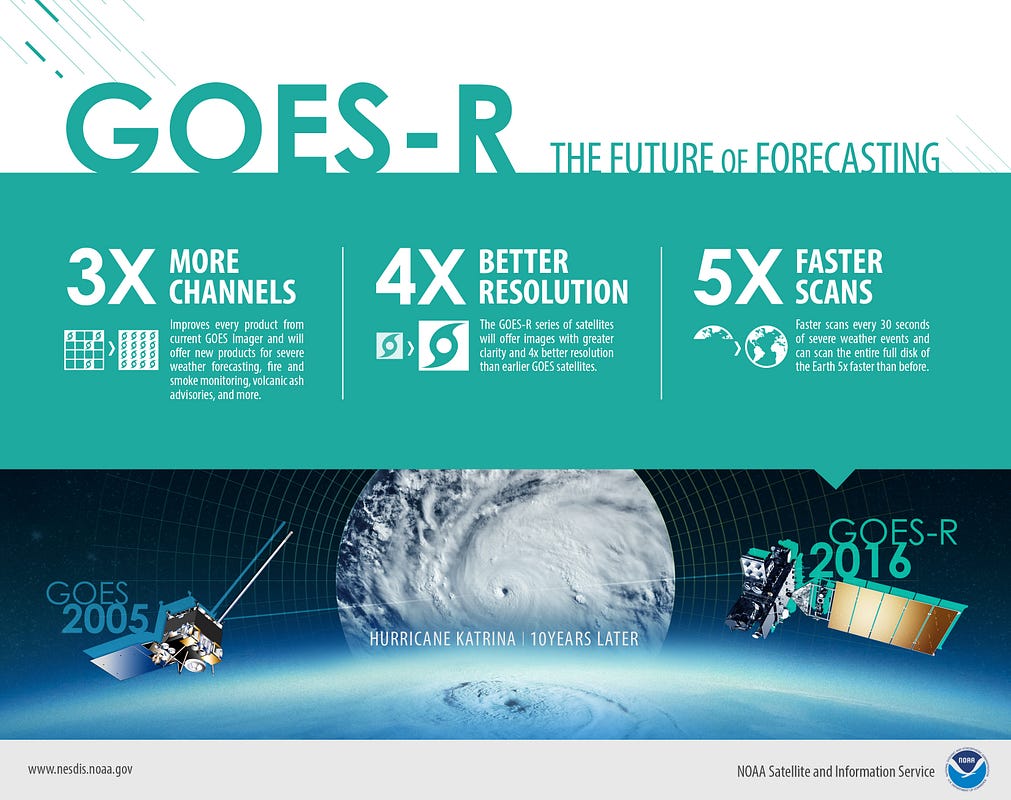
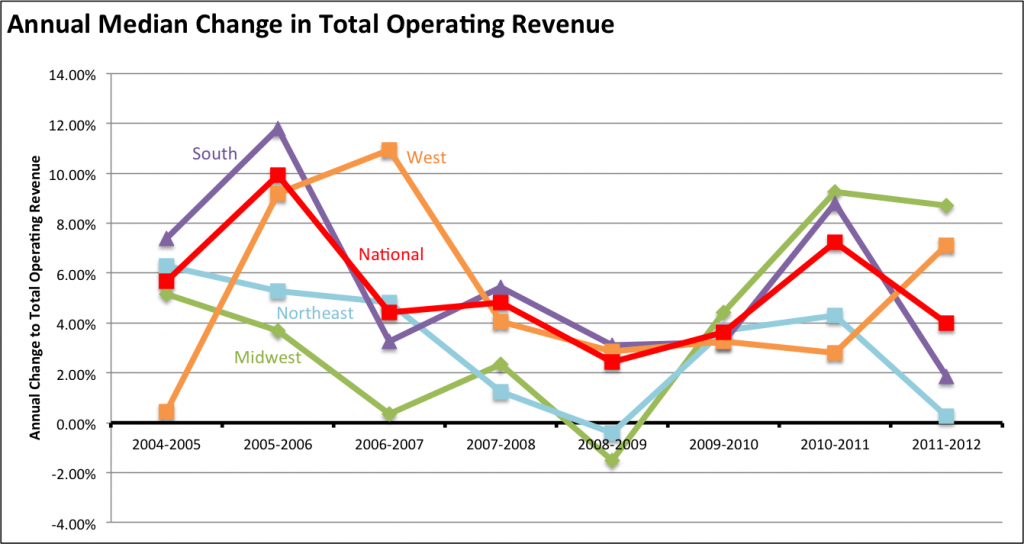

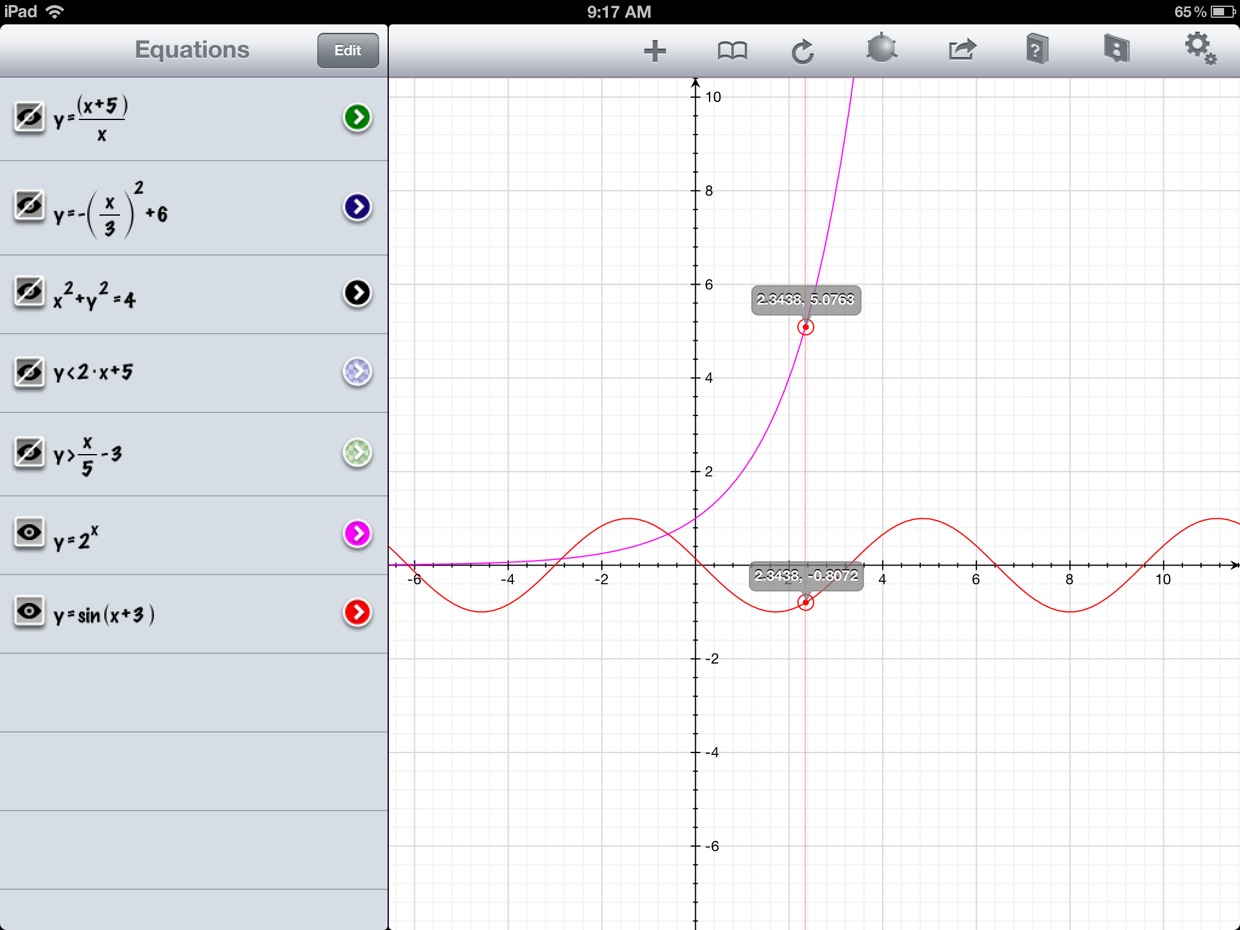

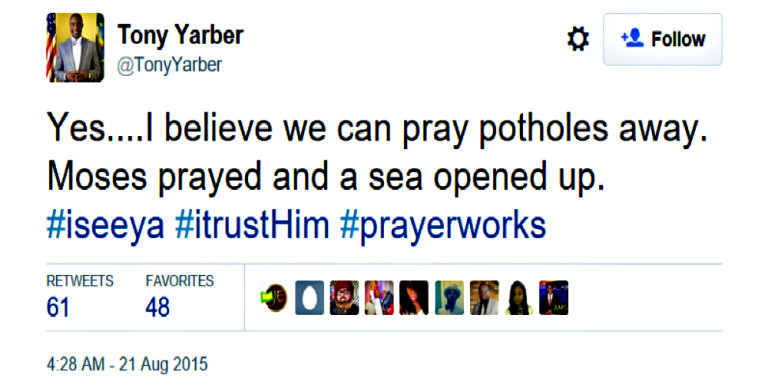



/cdn0.vox-cdn.com/uploads/chorus_asset/file/3987626/world-economy-gdp-voroni-a7d4.0.png)

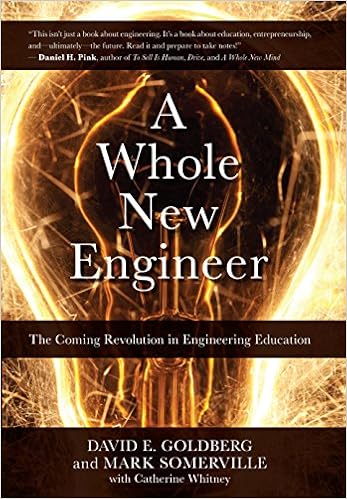

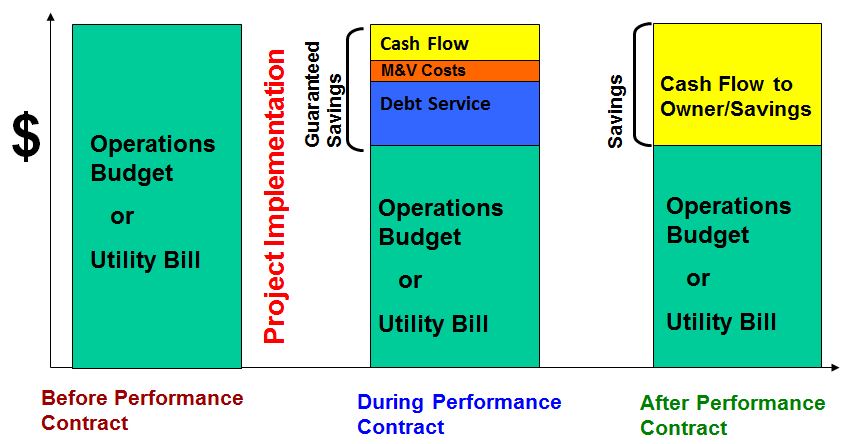
/cdn0.vox-cdn.com/uploads/chorus_asset/file/3975750/jpl-1997-2015.0.jpg)
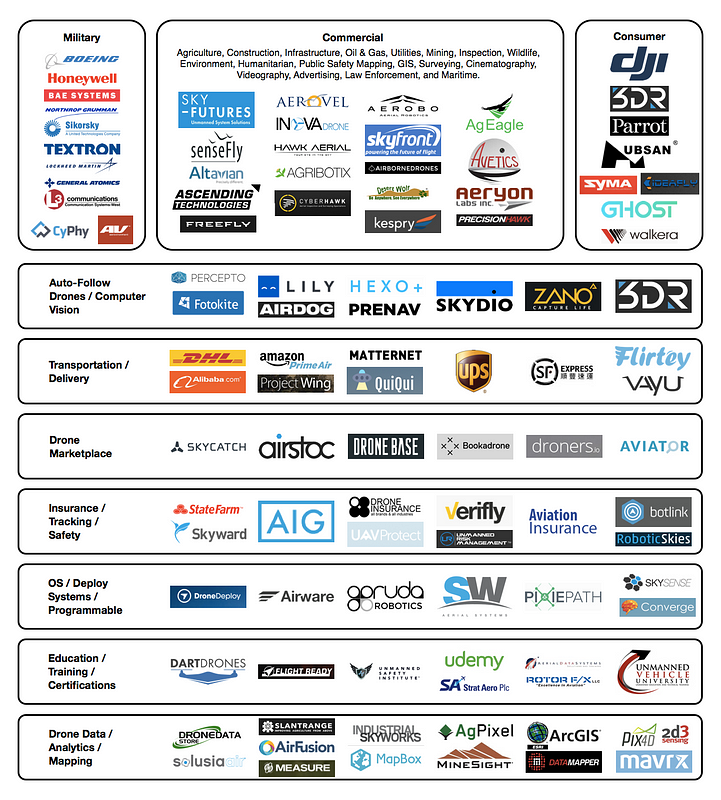

/cdn0.vox-cdn.com/uploads/chorus_asset/file/3947570/streetcomparison5.jpg)




